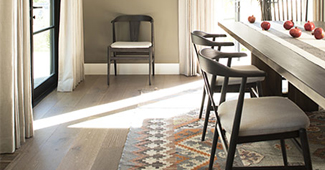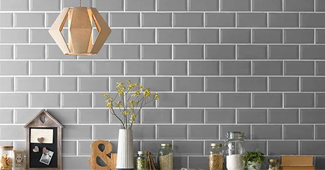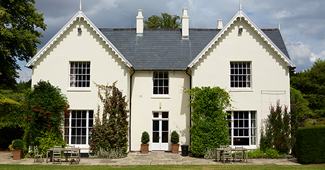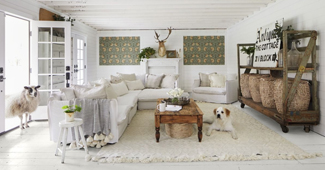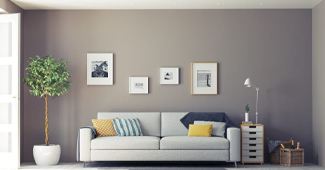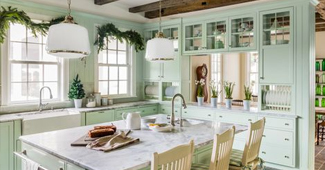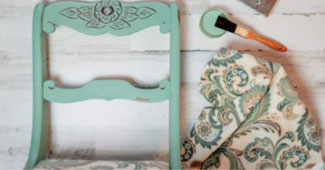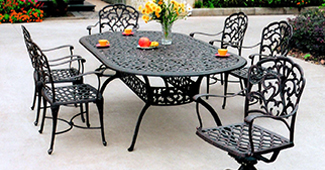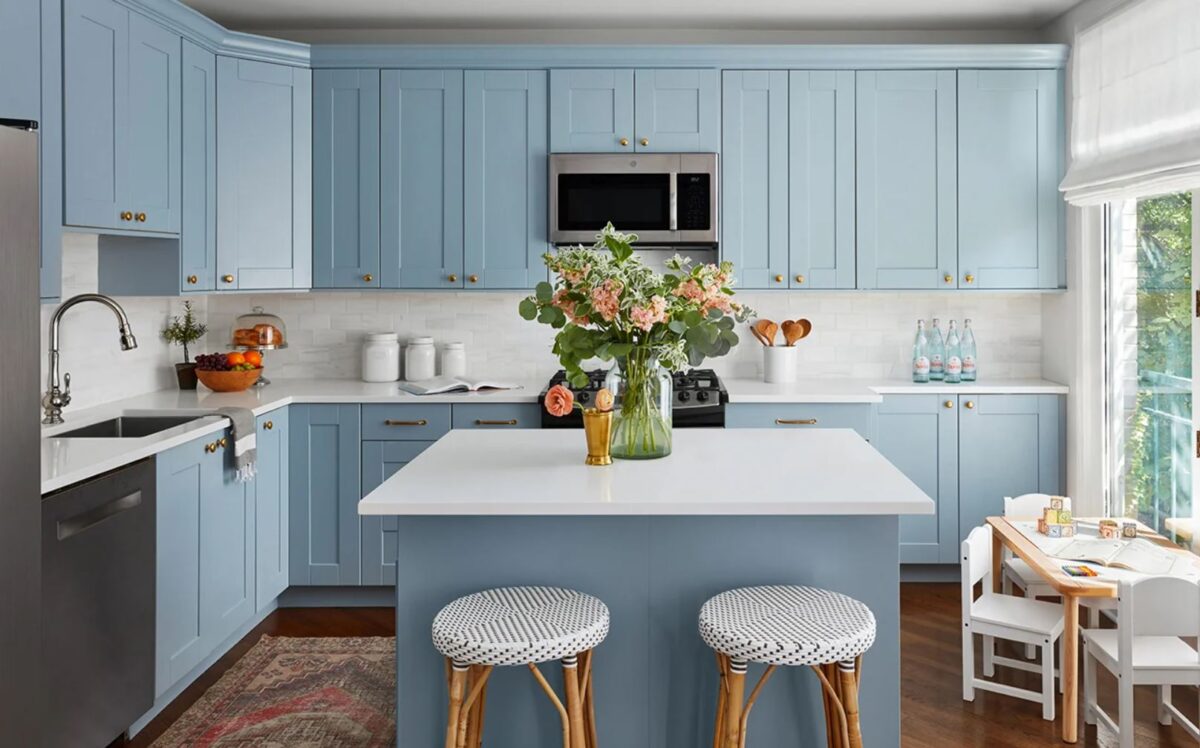How to Paint Kitchen Cabinets
One of our most common questions we get weekly is “How to paint kitchen cabinets? Today, we are going to take you step by step through the key step involved in getting to grips with this DIY project.
A complete kitchen remodel can be expensive and stressful, but if you like the design and your cabinets are in good shape, why not think about painting what you already have? Painting your kitchen cabinets can be an inexpensive way to bring life back into your kitchen. A simple paint, can breathe new life in to your kitchen, one of the busiest places in most households.
Painting your cabinets is a fantastic method to freshen up your kitchen because there are so many different colour schemes to pick from and variations between matt, gloss etc. If you undertake the work yourself, you might even have extra money to spend on new knobs, hinges or countertops. Often replacing these other items can give the appearance of a brand new kitchen.
Make sure to follow our step by step professional tips on how to paint kitchen cabinets correctly, we want you achieve the best result possible.
Start by researching the best paint options for your kitchen cabinets to guarantee your painting project is completed to a high standard. There are so many options available and remember, we can colour match any colour you see through our paint matching service.
What Type of Paint Latex or oil?
Some professionals have completely abandoned oil-based paintings as latex paints have improved substantially in recent years. Latex paints are easier to use than oil-based paints since they dry quickly and can be cleaned up with water. But many professionals continue to choose oil-based topcoats, claiming that they provide a tougher, more resilient paint layer and level out to a finished surface that is more uniform. The full curing time of latex paints is also lengthier (up to three weeks) than that of oil-based paints. They are susceptible to harm in the interim.
So in our view, both latex and oil will produce a high-quality finish. If you do decide to use latex paint, make sure it is a 100% acrylic formulation since these have better adhesion and durability than vinyl acrylic paints.
Spray paint or a brush?
The smoothest choice is a spray-on finish, but painting it well requires some practice. Additionally, you’ll probably need to rent the spray equipment, which raises your expenses, and you’ll need to take the time to mask off all of the kitchen’s potential spray targets, such as countertops, cabinet interiors, and appliances.
Due to these factors, we advise utilising high-quality brushes instead. Invest in a nice, 3- to 4-inch-wide square brush, whose straight ends will quickly cover large, flat panels, as well as a 2- to 3-inch-wide angled brush, which will enable you to coat door frames with paint in a single pass and get paint into the corners of doors with moulding. Oil-based paint should be applied with a natural-bristle brush whereas latex paint should be applied with a synthetic bristle brush that doesn’t absorb water.
What You’ll Need
Before you start painting your kitchen cabinet, you’ll need to get yourself organized. Some key items are listed below.
- Degreasing detergent & cloth
- Masking tape
- Screwdriver or Cordless Drill
- Paint stirrer
- Paintbrush
- Roller
- Kitchen cupboard paint
Removing Doors
A simple kitchen improvement is painting the cabinets which can bring enormous pleasure to the heart of most households. Because horizontal painting is less likely to result in runs and drips, the specialists start by taking the doors off. To achieve this, simply detach at the hinges. Next start removing the doors. In some situations, you may not have enough space to remove the hinges completely due to lack space. In those situations, simply use masking tape to cover the hinges, making sure to hide all exposed metalwork and paint. You can of course paint each cabinet carefully without removing the doors.
Removing Handles
Carefully remove the drawer and cabinet handles with a screwdriver, then set them aside. But always take the handles or knobs off each door or drawer. A cordless screwdriver will expedite the process of removing the hinges and handles. Once you’ve removed the above, lay down newspaper or dust sheets to protect the floor. Now is a good time to consider whether you will replace or keep the old handles, knobs and hinges.
Prepping the Cabinets
Preparation is a key step so let’s not take any shortcuts here. Cleaning, although tedious, is necessary to get rid of accumulated kitchen dirt. Jif is a good wood cleaner or even just some washing up liquid. If the situation is particularly bad, use a specialised degreaser. Remember to let the cabinets dry for an hour before starting the next step.
There’s no need for a primer or topcoat for wooden cupboards. However, glossy cupboards will need a quick sand down with a fine grit sandpaper. The surface should then be sanded lightly to aid paint adhesion. It only requires a light coating of sand, so use a paper with a granularity of 150 to 250. Achieve an even, matte surface; there’s no need to go overboard. After that, use a moist cloth to remove the dust and let it air dry entirely.
Preparation is a key step so let’s not take any shortcuts here. Cleaning, although tedious, is necessary to get rid of accumulated.
Protect Walls & Floors
To protect the walls and any surfaces you don’t want painted, run masking tape down the edges of the cabinets. It will also assist in producing a sharp edge. To catch paint drips, place a sheet over the work surfaces, floors, and appliances.
Start Painting
To guarantee an even and complete paint covering, start by using a brush to get into any crevices or difficult-to-reach spots.
Then, use a roller with a short handle to paint the remaining surfaces of the cabinets and drawers. Most paints dry in about 1-2 hours but check the back of your paint tin to be sure.
Enjoy your New Kitchen
Now that the hard work is completed, it’s time to put your cabinets back together. Reattach the handles and doors after the masking tape has been entirely removed. Why not swap out the outdated handles for brand-new ones if you’re looking for a comprehensive renovation.

